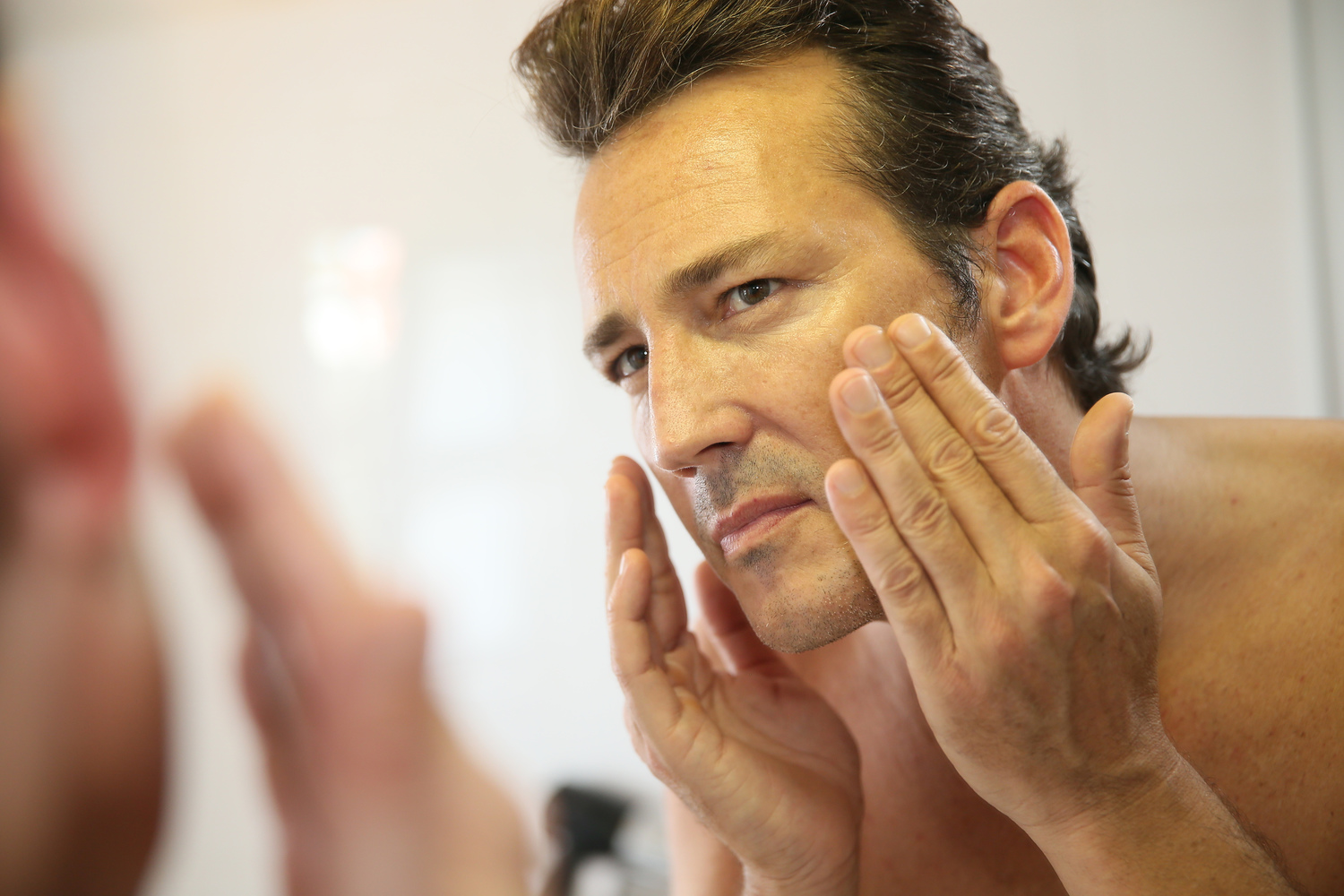
Types and Treatments for Rosacea
Rosacea, a chronic skin condition, is usually more common in females than male. At an earlier stage, this skin disease generally causes some mild symptoms such as reddening of the skin and inflamed blood vessels. However, if left untreated, it may also produce small, red-colored bumps which are known to discharge pus. However, the skin condition can easily be treated and managed with some home remedies and natural treatments.
1. Types of rosacea
Based on its symptoms as well as the underlying causes, dermatologists generally classify rosacea into four different types. They include the following:
- Phymatous rosacea
Dermatologists usually define phymatous rosacea as a thick and bumpy texture on one’s face. If the disease is left untreated, it may also lead to a type of skin condition known as rhinophyma. This type of rosacea is more common among men and can be treated quite comfortably with some of the natural treatments for rosacea. - Erythematotelangiectatic rosacea
Also known as ETR, erythematotelangiectatic rosacea is considered to be the most common type of skin this disease. This type of rosacea is generally characterized by redness, which usually occurs on the cheeks due to enlarged blood vessels and flushing of the skin. - Even though ETR is known to affect the face, it may also occur in various other parts of the body.
- Papulopustular Rosacea
Considered to be one of the milder types of rosacea, the disease affects the face. One of the common symptoms of this skin condition is facial swelling, acne-like bumps, and pustules. However, as this type is quite mild and takes years to develop, you can treat it with natural treatments. - Ocular rosacea
As the name suggests, ocular rosacea generally affects the eyes of the patients; it causes irritation or burning pain. The eyes of the affected person generally appear watery and red at all times.
2. Treatment procedures for rosacea
The treatment procedures for rosacea generally depend on the type. Before opting for any of the natural treatments, it is advised to consult a dermatologist. He or she will be able to find the perfect treatment option to help your cause. Some of the treatment plans for rosacea are:
- Topical drugs
These drugs are generally used by dermatologists to reduce the redness on the face. Topical drugs usually come in a cream or gel form. Thus, you would have to apply them directly to the affected area. - Oral antibiotics
Oral medications are generally used to treat the bumps and pustules. - Laser therapy
Doctors usually recommend laser therapy if topical drugs are not working for the patient.
Rosacea is a chronic condition and there is no cure available for it. However, the symptoms of the disease can be treated quite easily if you follow the instructions of your doctor.


